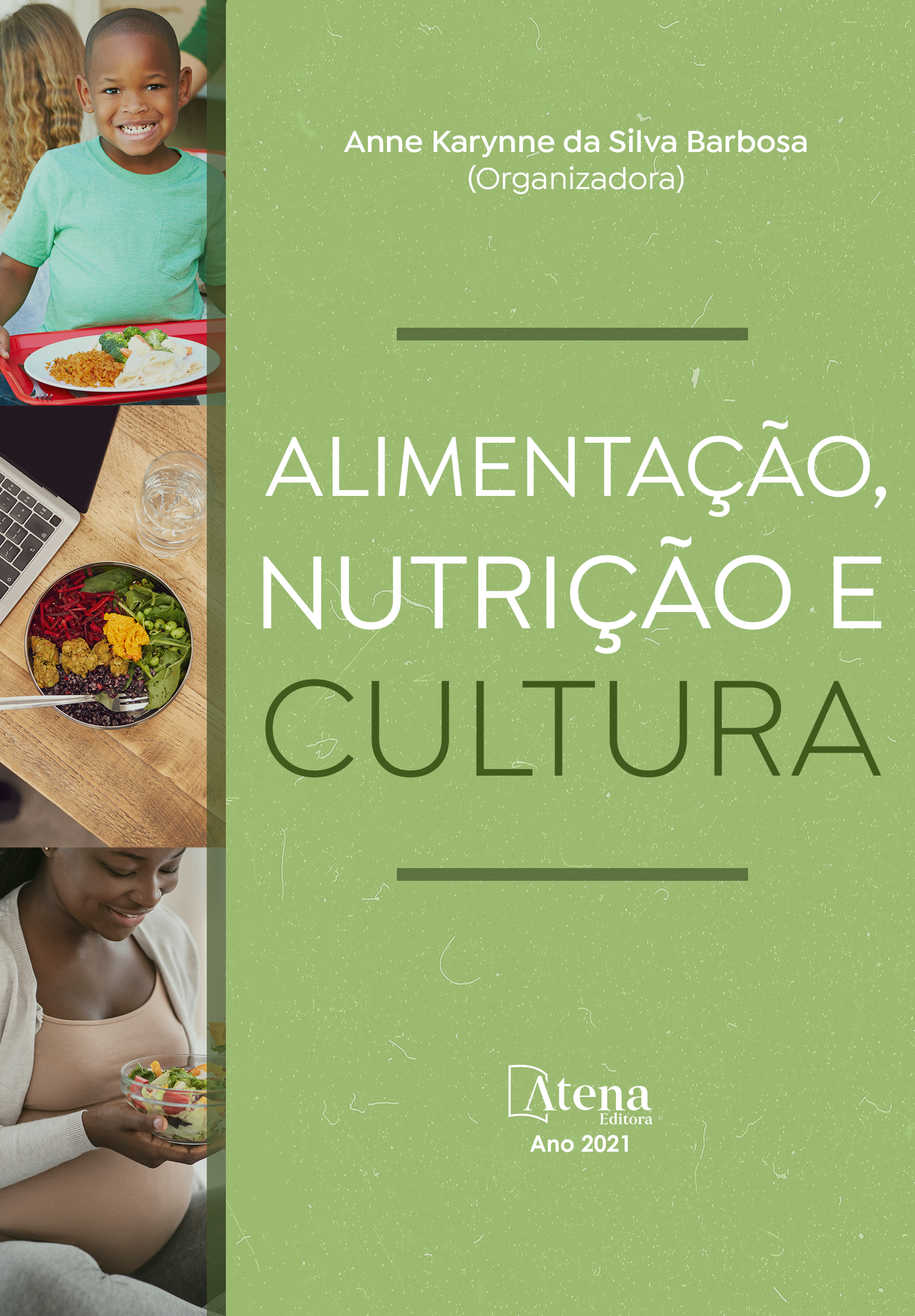
MÉTODO BABY-LED WEANING: UMA ANÁLISE SOBRE A APLICAÇÃO DO MÉTODO BLW COMO TÉCNICA DE INTRODUÇÃO ALIMENTAR SAUDÁVEL INFANTIL
No Brasil, o Ministério da Saúde recomenda a introdução gradual de alimentos a partir dos seis meses. A alimentação complementar acontece a partir do momento em que o bebê passa a ingerir outros tipos de alimentos ainda em período de amamentação tendo em vista que as suas necessidades de nutrientes são maiores devido ao seu crescimento e desenvolvimento. Atualmente, uma nova abordagem, o Baby-led Weaning (BLW), vem fazendo cada vez mais parte da introdução alimentar. Este estudo adota a abordagem qualitativa de tipo de pesquisa descritiva com coleta de dados a partir de fontes secundárias. O método consiste em apresentar diferentes texturas dos alimentos, permitindo que a criança experimente de forma completa cada alimento, sem que haja a modificação da consistência. Ofertar alimentos em pedaços representa um facilitador para a autoalimentação infantil, sendo esse encorajamento o ponto fundamental do método. Os principais benefícios analisados deste método foi que os bebês apresentaram maior participação nas refeições da família fortalecendo o vínculo entre pais e filhos; os bebês aprendem a preferir alimentos mais saudáveis, há maior capacidade de resposta à saciedade regulando a ingestão de alimentos. Deste modo os objetivos deste trabalho é analisar a aplicação do método BLW como instrumento mais adequado de introdução à alimentação saudável infantil conceituando o que é o método BLW e como a alimentação complementar é fundamental para atender as necessidades nutricionais do lactente.
MÉTODO BABY-LED WEANING: UMA ANÁLISE SOBRE A APLICAÇÃO DO MÉTODO BLW COMO TÉCNICA DE INTRODUÇÃO ALIMENTAR SAUDÁVEL INFANTIL
-
DOI: 10.22533/at.ed.11621181110
-
Palavras-chave: Baby-led weaning; Métodos de alimentação; Alimentação complementar; Nutrição infantil.
-
Keywords: Baby-led weaning; Feeding methods; Complementary food; Child nutrition.
-
Abstract:
In Brazil, the Ministry of Health recommends the gradual introduction of foods after six months. Complementary feeding happens from the moment the baby starts to eat other types of food while still breastfeeding, considering that its nutrient needs are greater due to its growth and development. Currently, a new approach, Baby-led Weaning (BLW), is increasingly part of the food introduction. The method consists of presenting different food textures, allowing the child to experience each food completely, without modifying its consistency. Offering food in pieces represents a facilitator for child self-feeding, and this encouragement is the fundamental point of the method. The main benefits of this method analyzed were that babies had greater participation in family meals, strengthening the bond between parents and children; babies learn to prefer healthier foods, there is greater capacity to respond to satiety by regulating food intake. Thus, the objectives of this study are to analyze the application of the BLW method as the most appropriate instrument for introducing children to healthy eating, conceptualizing what the BLW method is and how complementary feeding is essential to meet the nutritional needs of infants.
-
Número de páginas: 17
- Francisca Marta Nascimento de Oliveira Freitas
- Rebeca Sakamoto Figueiredo
- gleyka raissa arruda de medeiros


